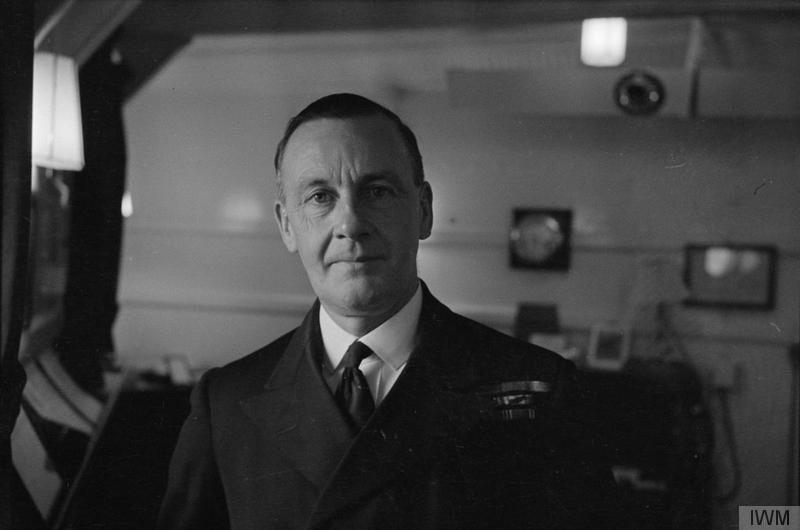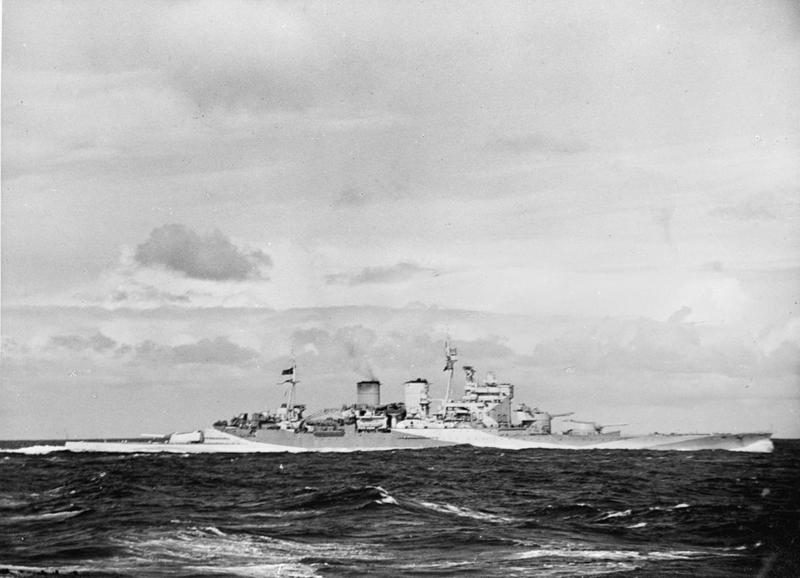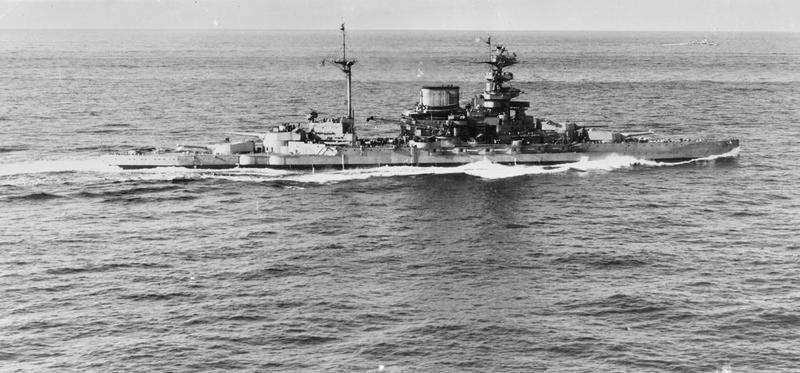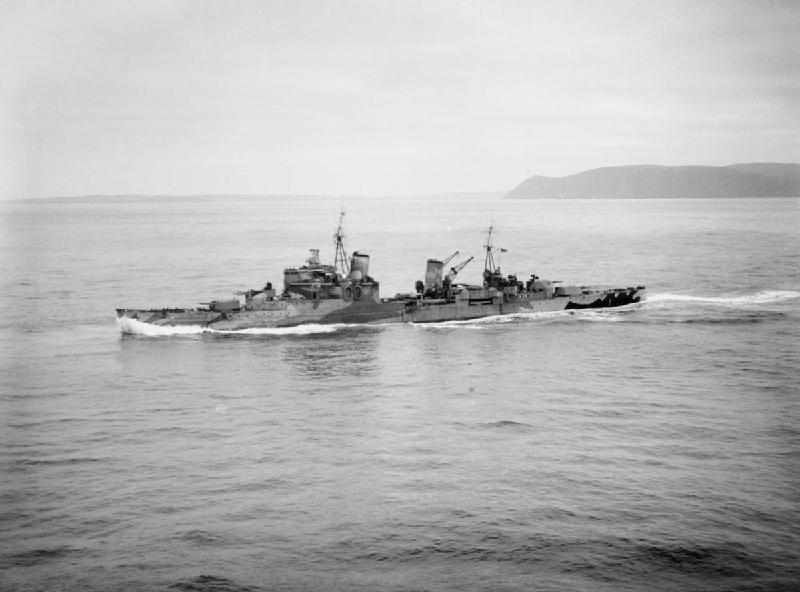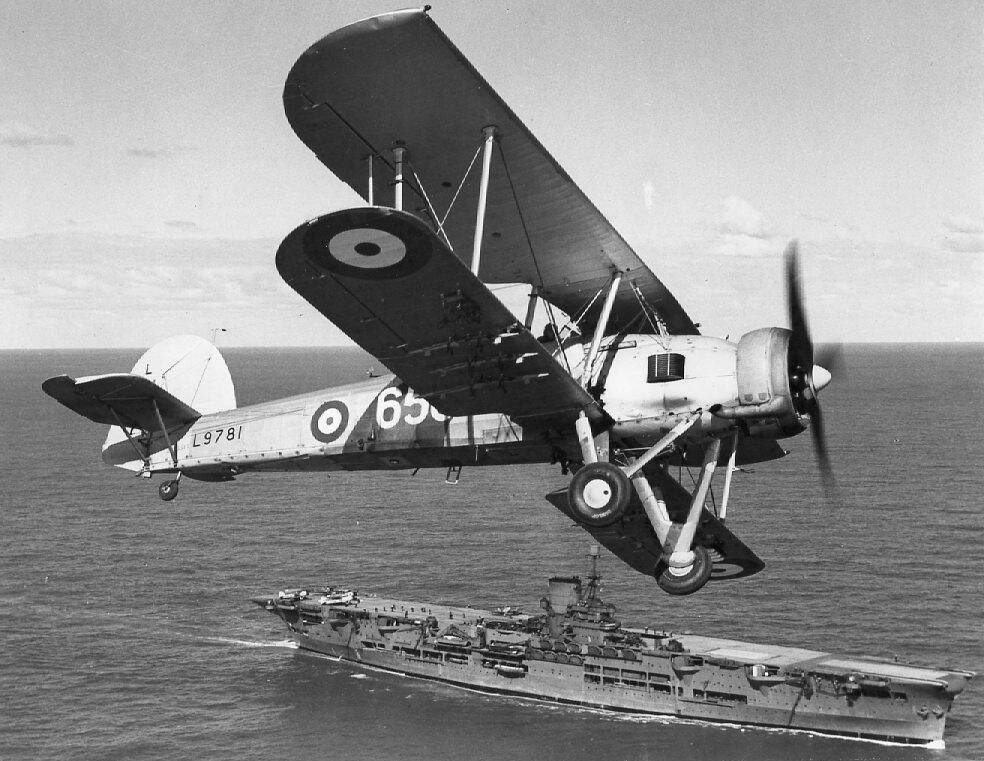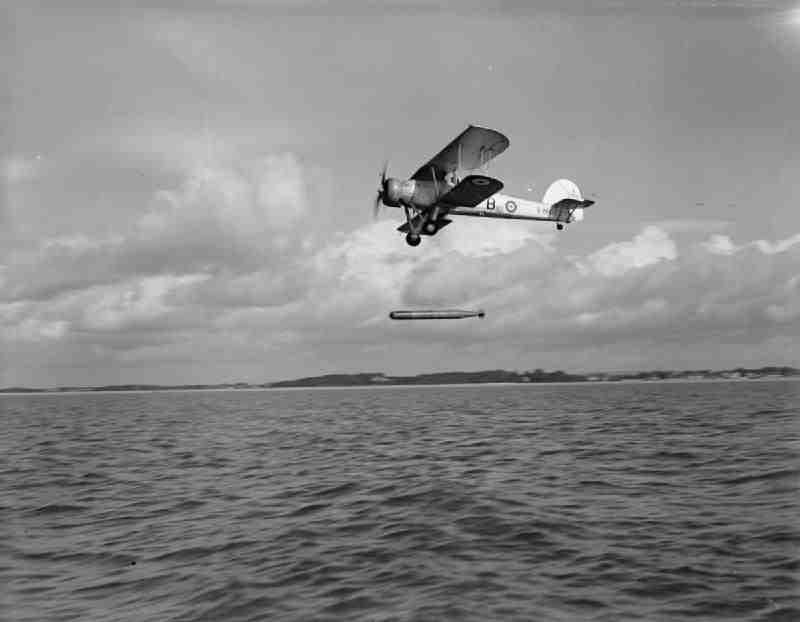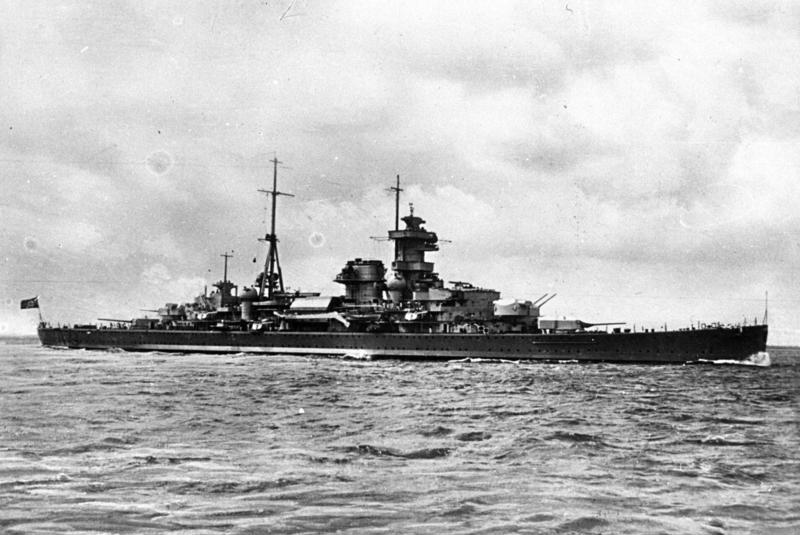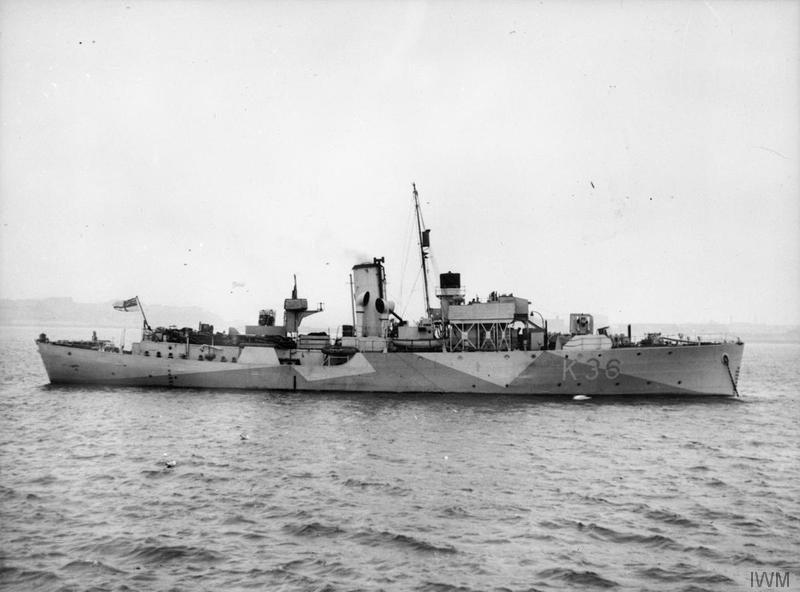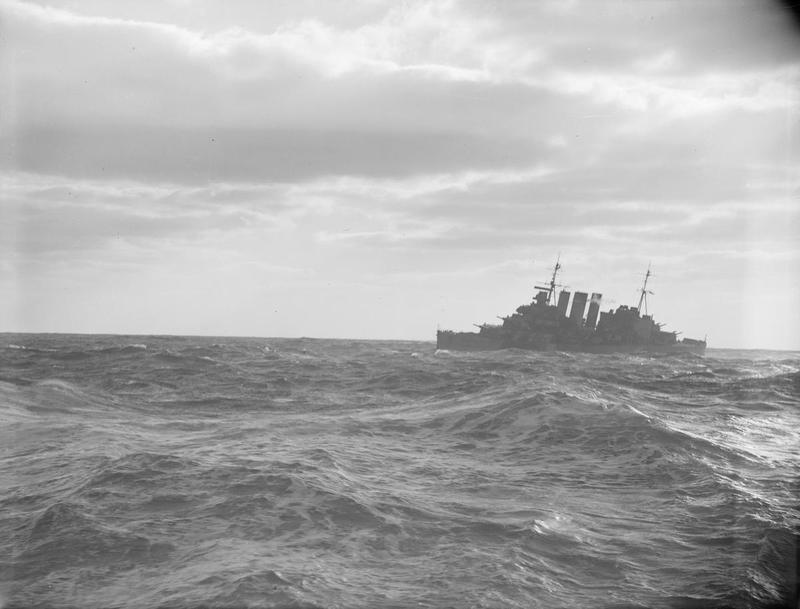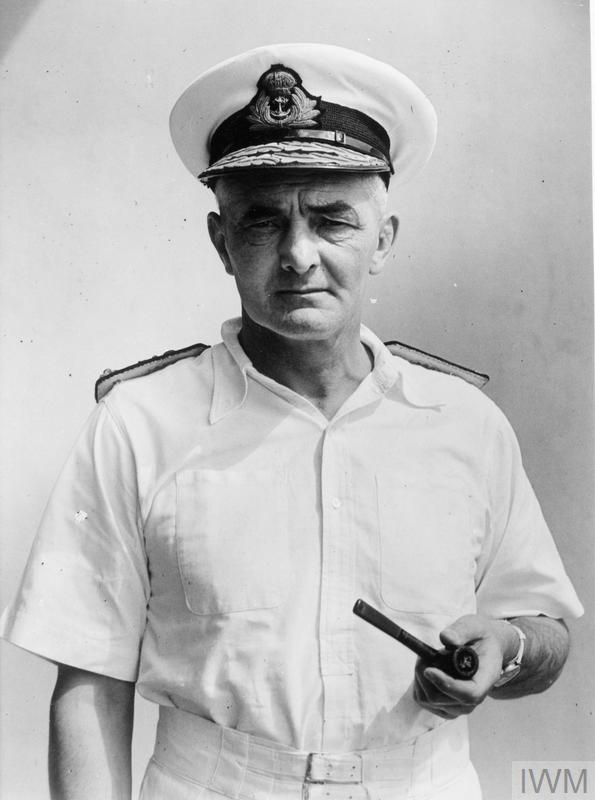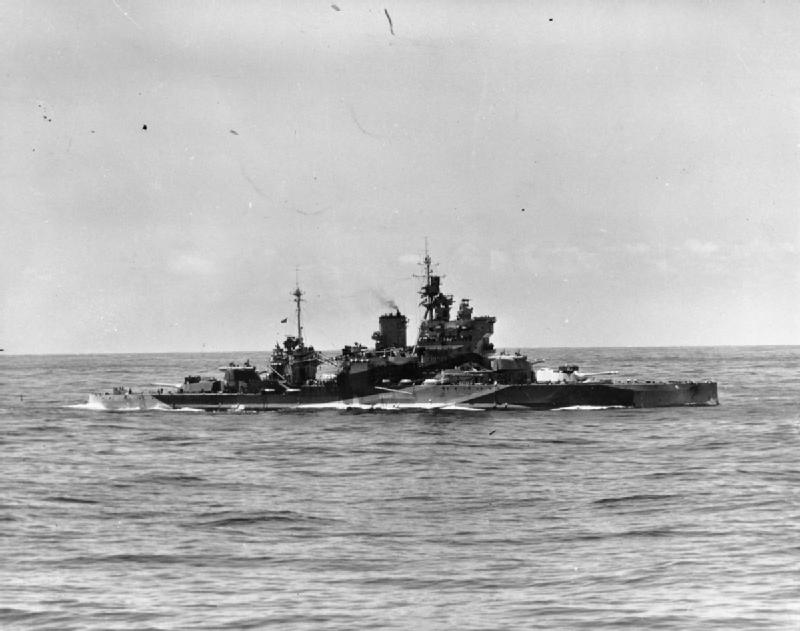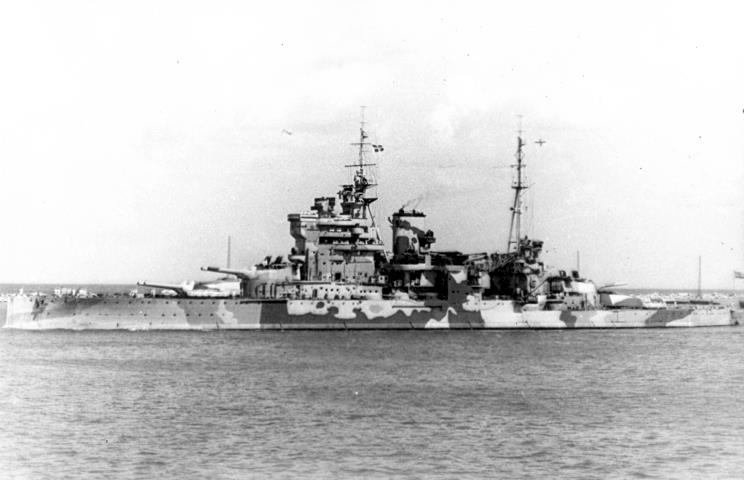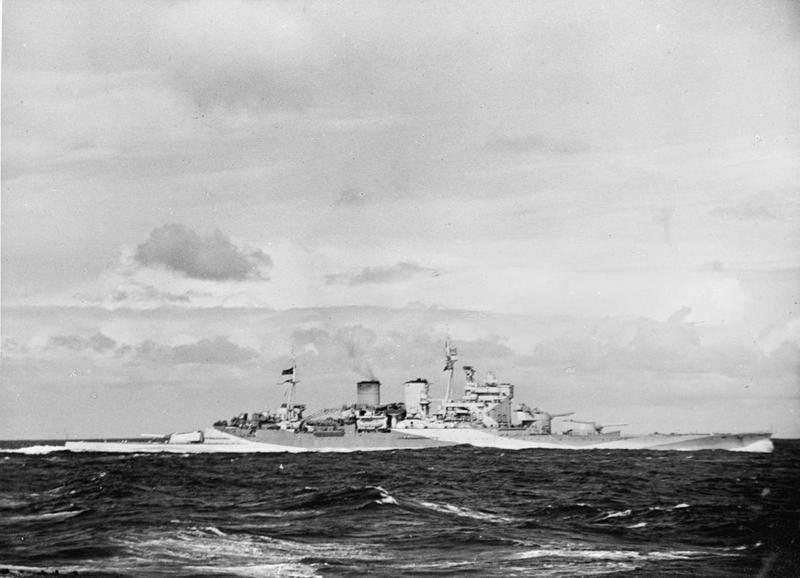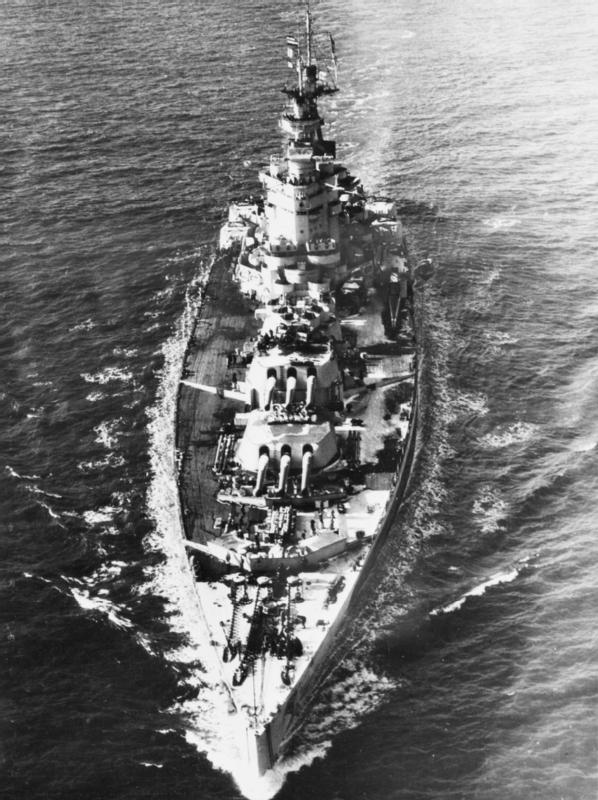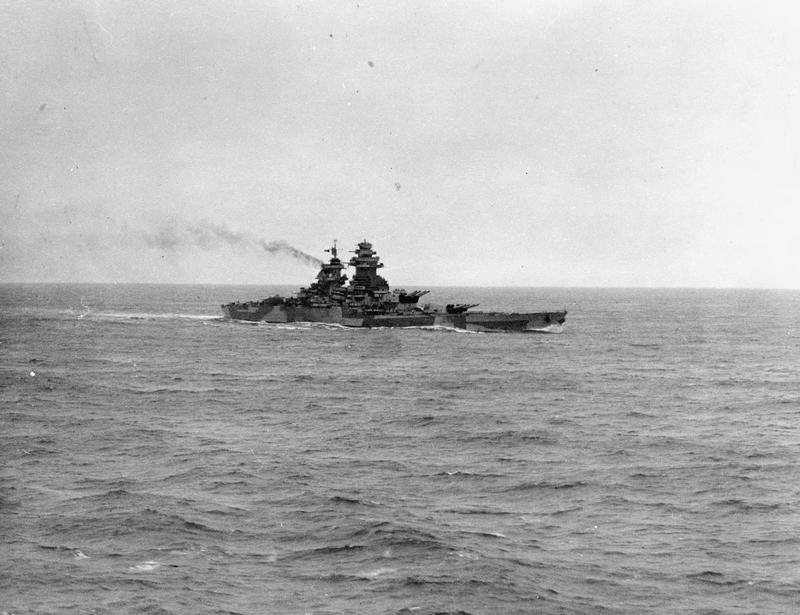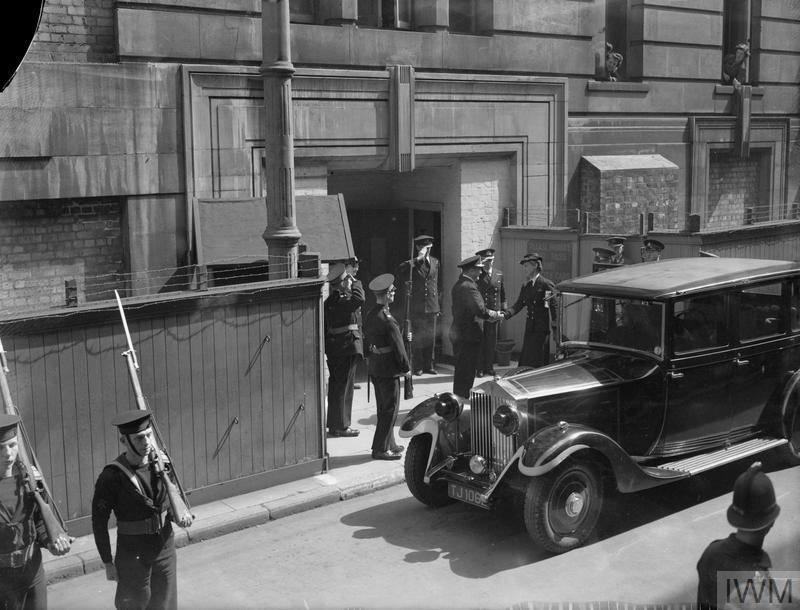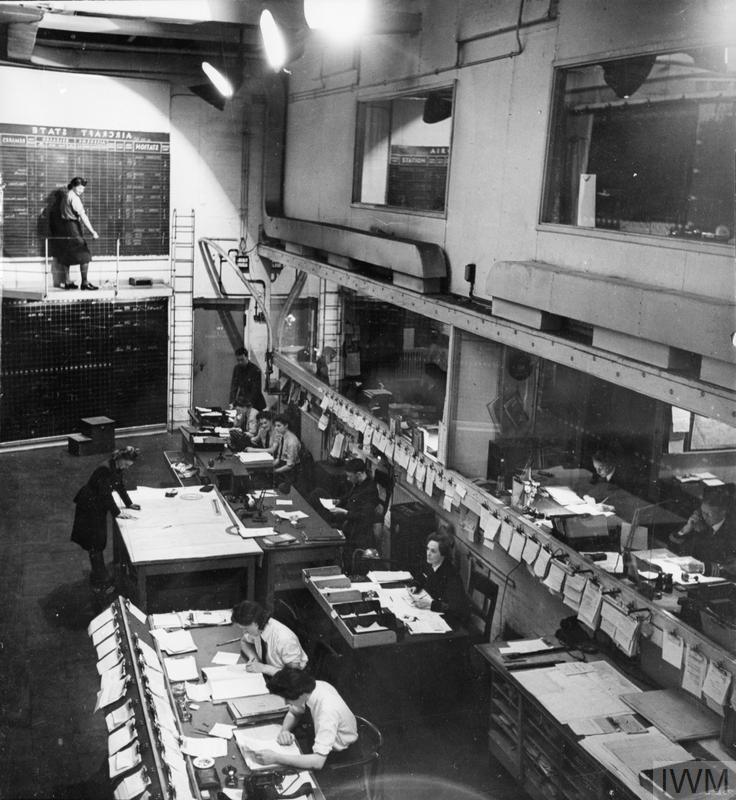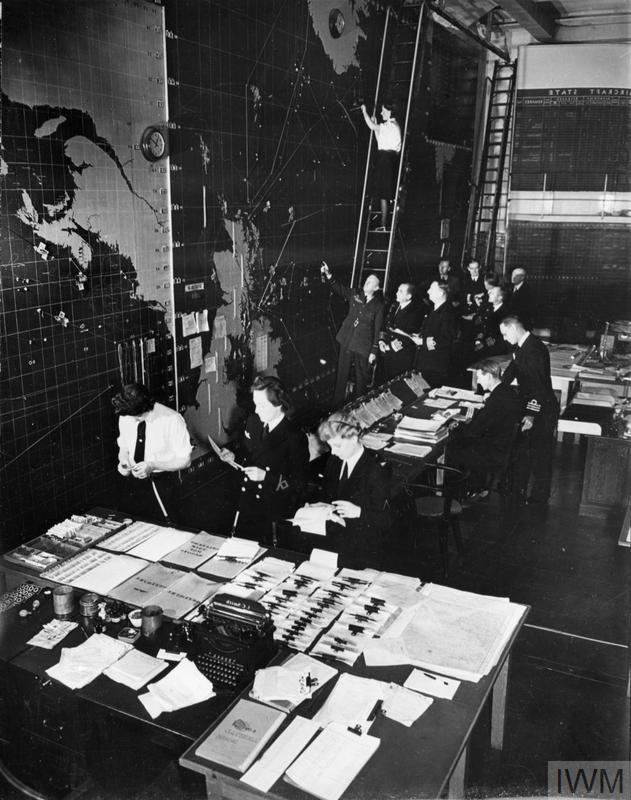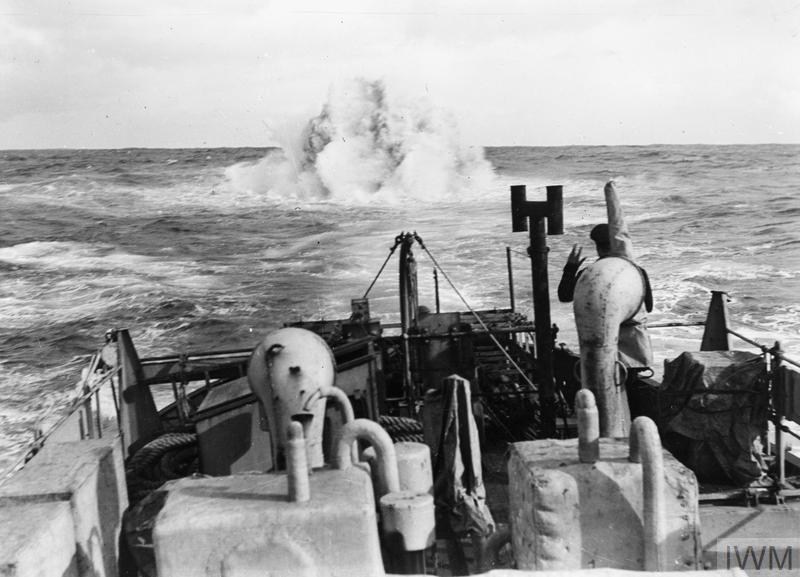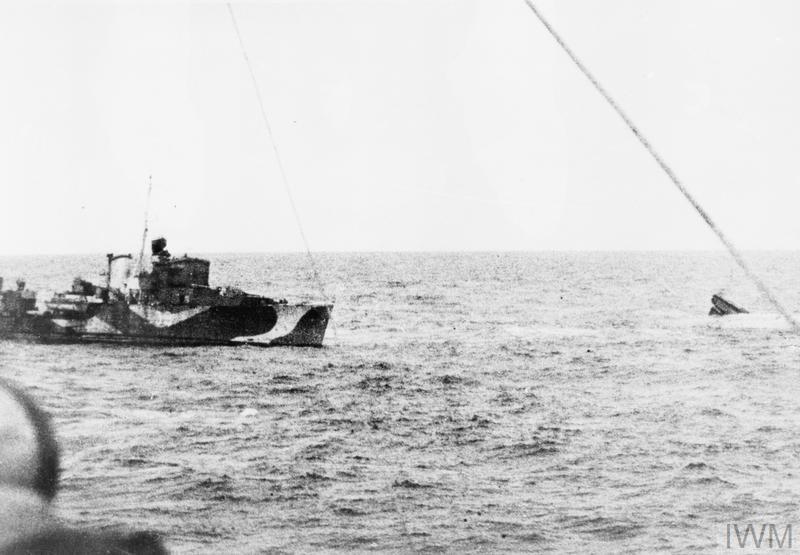
With the announcement in this @BBCNews piece by @bealejonathan, that the @RoyalNavy is to receive a new "Multi Role Ocean Surveillance ship", to be in service by 20204, it's perhaps time for a little speculative #thread🧵(apologies, as always in advance😉) bbc.co.uk/news/uk-564726…
1st up, this isn't the first we've heard of something like this. Elements of the @RoyalNavy's survey squadron are approaching replacement point, most particularly @HMSScottRN which is currently scheduled to go in 2022, but @HMS_Echo & @HMSEnterprise are similarly due around 2028 





The form & purpose of this new vessel would appear to be different, however, with a new emphasis on undersea cables. This isn't actually the 1st we've heard of this either as @AdmTonyRadakin raised it at Christmas (4.06 H/T this & much else to @NavyLookout)
Interfering with communications cables is, of course nothing new. Britain was an early practitioner of it at the start of #WW1, but improvements in undersea technology have seen an expansion in these capabilities, notably, but not exclusively, from Russia navylookout.com/context-and-co…
It is interesting to note that for once, this is a project that is likely to have strong @HMTreasury backing. Indeed, per his @Policy_Exchange piece a few years ago, this seems to be something of a pet subject of Chancellor of the Exchequer @RishiSunak policyexchange.org.uk/publication/un…
As described:
"The ship will be fitted with advanced sensors and will carry a number of remotely operated and autonomous undersea drones which will collect data... with operations in UK and international waters... including exercises and operations in the Arctic..."
"The ship will be fitted with advanced sensors and will carry a number of remotely operated and autonomous undersea drones which will collect data... with operations in UK and international waters... including exercises and operations in the Arctic..."
Given the 2024 in service date this would suggest at the very least a pre-existing design, if not a pre-existing hull, taken up from civilian use & converted, much as was done with @HMSProtector & others such as @RFAArgus 

New construction *might* be possible, after all @HMSProtector & @Ocean__Infinity's remarkable Seabed Constructor both appear to have had relatively short construction times in Norwegian yards. 

Suggestions of a refreshed 30 year shipbuilding strategy, with stipulations that all government vessels over 150 tons be built here, would, however, appear to militate against such yards being used janes.com/defence-news/n…
With @BAES_Maritime & Babcock Marine otherwise occupied building the @RoyalNavy's new Type 26 & Type 31 frigates, this would suggest one of @CammellLaird or @Harland_Wolff1 might well get the job (with the other getting the new @RFAHeadquarters Fleet Solid Support Ship?). 





Usefully, of course, @CammellLaird have had recent practice in constructing an arctic-capable survey vessel that that supports "remotely operated and autonomous undersea drones" (& shortly surface vessels too) in @BAS_News' RRS Sir David Attenborough bas.ac.uk/media-post/new…
Whilst @Harland_Wolff1, though not having built a ship since MV Anvil Point in 2003, appears to have recently signed a letter of intent with Triumph Subsea Systems to build two Windfarm Development Vessels designed by Skipsteknisk in Turkey triumph-subsea.com/news101220 

To throw up a brief note or two of discord, however, it must be noted @CammellLaird took some four years in the construction of RRS Sir David Attenborough, rather than 2-3, & the length of time it will take to regenerate the workforce etc. at @Harland_Wolff1 remains to be seen.
Likewise, the suggestion that this new vessel will have "a crew of around 15 people" seems a little far-fetched to me. You can certainly get a container ship about with that number, but surveying & the operation & maintenance of off-board systems, however autonomous, needs people
Russia's similarly roled research vessel Yantar allegedly has a crew of around 60, RRS Sir David Attenborough has around 80 if you count the scientists (which is kind of the point), while the state-of-the-art Seabed Constructor has a reported crew of around 100, so we shall see.. 





• • •
Missing some Tweet in this thread? You can try to
force a refresh


